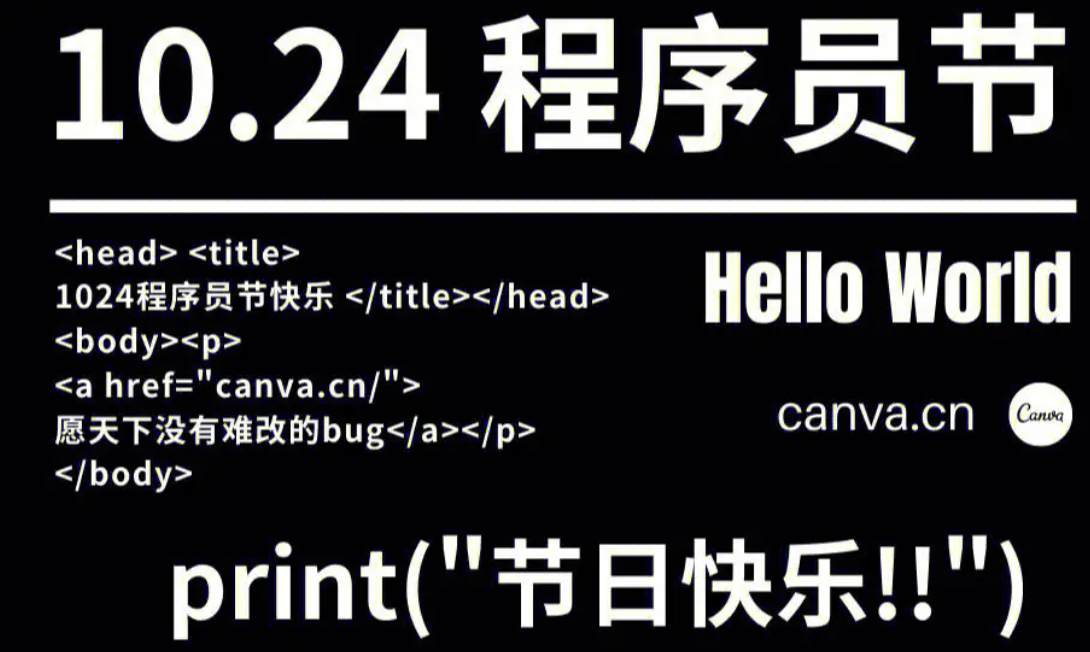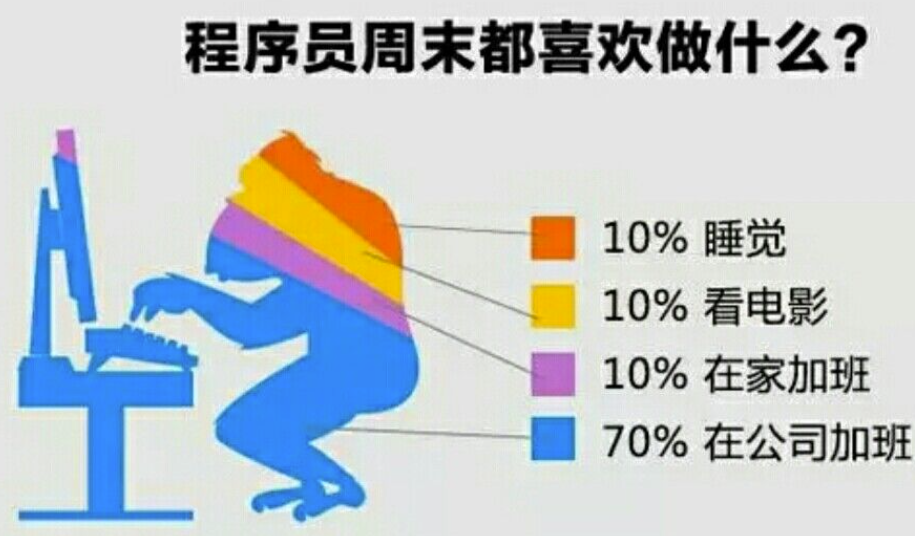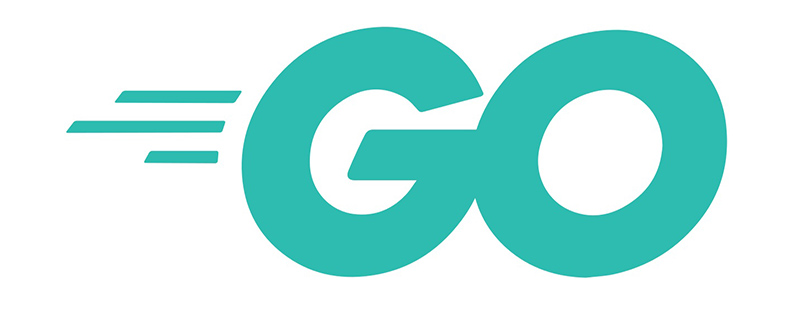你提供的代码片段展示了如何使用 Qt 的布局管理器(QVBoxLayout 和 QHBoxLayout)来构建一个简单的 GUI 界面,主要用于移动音符和调整时长。以下是该代码片段的详细解释和一些补充建议。
代码结构分析
主布局 (
QVBoxLayout *mainLayout):- 创建一个垂直布局管理器,用于将各个控件按纵向排列。
- 使用
this参数将布局与当前窗口小部件关联。
音符移动按钮组:
moveLayout1: 垂直布局,包含“上移”和“下移”按钮。moveLayout2: 水平布局,包含“左移”和“右移”按钮。
添加控件到布局:
- 将标签和按钮添加到相应的布局中,然后将这些子布局添加到主布局中。
- 标签用作说明性文本,以指示用户不同功能区域。
调整时长按钮组:
- 创建一个新的标签和一个水平布局来容纳增加和减少时长的两个按钮。
可扩展性:
- 在调节时长的部分,你提到可以继续添加其他按钮,这表明设计是灵活且可以扩展的。
完整示例代码
下面是一个完整示例,结合你提供的代码片段,用于创建一个窗口并显示这些控件:
#include <QApplication>
#include <QPushButton>
#include <QVBoxLayout>
#include <QHBoxLayout>
#include <QLabel>
#include <QWidget>
class MusicNoteMover : public QWidget {
public:
MusicNoteMover(QWidget *parent = nullptr) : QWidget(parent) {
// 主布局
QVBoxLayout *mainLayout = new QVBoxLayout(this);
// 音符移动按钮组
QVBoxLayout *moveLayout1 = new QVBoxLayout();
QPushButton *upButton = new QPushButton("上移", this);
QPushButton *downButton = new QPushButton("下移", this);
QHBoxLayout *moveLayout2 = new QHBoxLayout();
QPushButton *leftButton = new QPushButton("左移", this);
QPushButton *rightButton = new QPushButton("右移", this);
moveLayout1->addWidget(upButton);
moveLayout1->addWidget(downButton);
moveLayout2->addWidget(leftButton);
moveLayout2->addWidget(rightButton);
mainLayout->addWidget(new QLabel("纵向移动音符", this));
mainLayout->addLayout(moveLayout1);
mainLayout->addWidget(new QLabel("横向移动音符", this));
mainLayout->addLayout(moveLayout2);
// 调整时长按钮组
QLabel *durationLabel = new QLabel("调整时长", this);
mainLayout->addWidget(durationLabel);
QHBoxLayout *durationLayout = new QHBoxLayout();
QPushButton *increaseDurationButton = new QPushButton("增加时长", this);
QPushButton *decreaseDurationButton = new QPushButton("减少时长", this);
durationLayout->addWidget(increaseDurationButton);
duration Layout -> addWidget(decreaseDuration Button);
// 可以继续添加其他两个调整时长的按钮,如果需要的话
main Layout -> add Layout (duration Layout);
}
};
int main(int argc, char *argv[]) {
QApplication app(argc, argv);
MusicNoteMover window;
window.setWindowTitle("音符移动控制");
window.resize(300, 200);
window.show();
return app.exec();
}
总结
- 本例演示了如何使用 Qt 布局管理器来创建清晰、结构良好的界面。
- 你可以根据需求进一步拓展功能,比如为每个按钮连接信号槽以实现实际操作,例如移动对象或改变参数等。
内容由零声教学AI助手提供,问题来源于学员提问





















